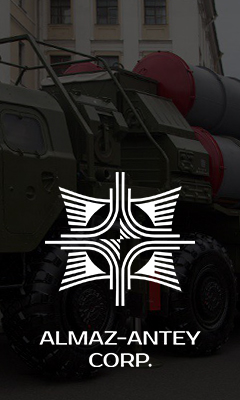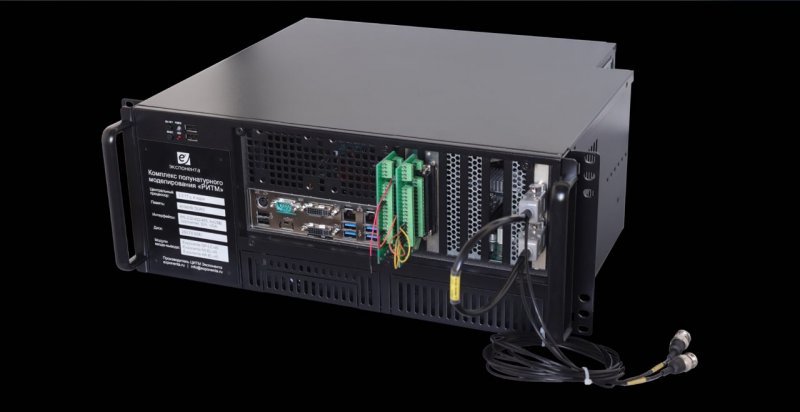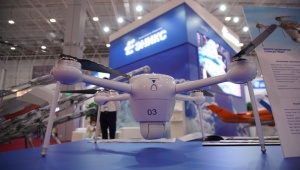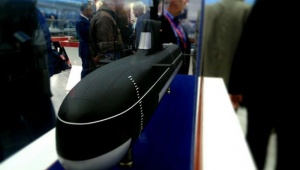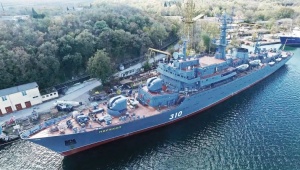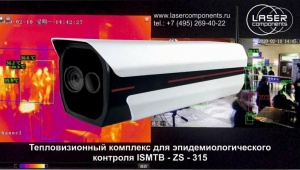The equipment is capable to start the model online, and then by specialized interfaces connect the system to the rest hardware elements of an object or a test bed. For instance, to an onboard computer, sensors, actuators, or other systems. Using an extension base, one real-time computer can connect up to 12 additional input/output boards.
This helps to simulate a system that is only being designed, or perform tests that are too complex, dangerous or expensive in reality. Example, modeling of an aircraft engine designing process at initial stages, failures of its subsystems or an emergency case long before the production of a model or a prototype.
Apart for the hardware-in-the-loop simulation, the system can prototype the control algorithms. Before the code-generated control algorithms reach an onboard computer, they can be tested by Ritm.
"In digital environment, one can promptly test different control algorithms for a physical object like, say, an adaptive controller, a neuronet, or a fuzzy logic. This also helps quickly and with no extra costs estimate performance, quality and accuracy of operations, and select out of dozens of algorithms the one that suits an embedded system in a most accurate way", an informed insider told Mil.Press Today.
Moreover, thanks to the Russian-made components used, the system is much cheaper than the foreign analogs, emphasized the expert.
"We’ve already applied some elements of model-based design when working on the PD-14 engine for the MS-21 airplanes, and we plan to continue using this method on the upcoming powerplant PD-35. This technique has proved its effectiveness. It will reduce technical risks, such as those related to the engine contingency operation checks. Digitally, we simulated rotor ruptures, surging, and other emergencies", commented Igor Gribkov, deputy director of the automated control systems designing department at ODK-Aviadvigatel.













